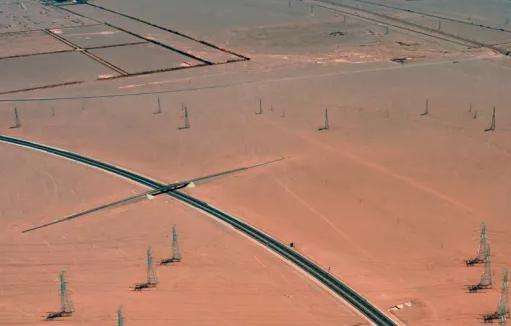1. First of all, we need to understand some things
The year-round wind source in this area, the annual average wind speed at the height of the wind wheel should not be less than 6/second;
( You can check the local meteorological department and local residents for the wind source. Residents generally know better, and the meteorological bureau has more data);
2. Terrain (preferably higher up or farther away from the sea) Nearby places);
3. Grid laying conditions, extreme climate conditions, local electricity price consumption, etc.
4. The area must be large, at least several square kilometers;
5. Establish a wind measurement tower to measure wind resource data for more than one year. This requires local Assistance from relevant departments.
6. In the end, it is necessary to obtain the consent of the local government and residents, otherwise everything will be in vain
In the design qualifications of wind power generation, it belongs to the professional type under the power industry, with A , B two levels. The following are the application requirements for Class B.
1. Engineer equipment
1. Structural major: 1 registered first-class structural engineer; 2. Electrical major: 1 registered electrical (power generation and transmission) engineer; 3. Geological major : 1 registered water conservancy and hydropower engineer; 4. Planning major: 1 registered water conservancy and hydropower engineer; 5. Water and soil conservation major: 1 registered water conservancy and hydropower engineer; 6. Environmental protection major: 1 engineer; 7. Project economics and budget estimate Major: 1 engineer; 8. Hydrology and meteorology major: 1 engineer; 9. Hydraulic/wind power machinery and metal structure major: 1 engineer.
2. Requirements for technical leaders: bachelor degree, 10 years of design work experience, registered professional qualifications or senior professional titles, and has presided over the design of 3 medium-sized projects or 1 large-scale wind power generation project Project design.
3. Non-registered personnel Non-registered personnel refer to the non-registered personnel who lead majors among the above personnel. These engineers should have corresponding performance. Who are the leading professional non-registrants here? It includes four engineers majoring in environmental protection, hydrology and meteorology, engineering economics and budgeting, hydraulic/wind machinery and metal structures.
Four. Other conditions When applying for design qualifications, the most important are the above three points. Other conditions include registered capital, office space, etc., which can generally meet the requirements.
V. Notes 1. Geological engineers among professional technical personnel can also be replaced by registered geotechnical engineers; 2. Class B qualifications can only engage in the design of wind power projects below 100MW.














